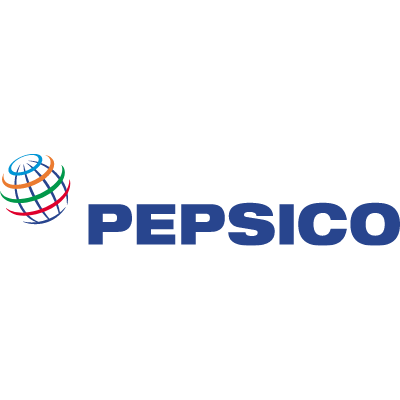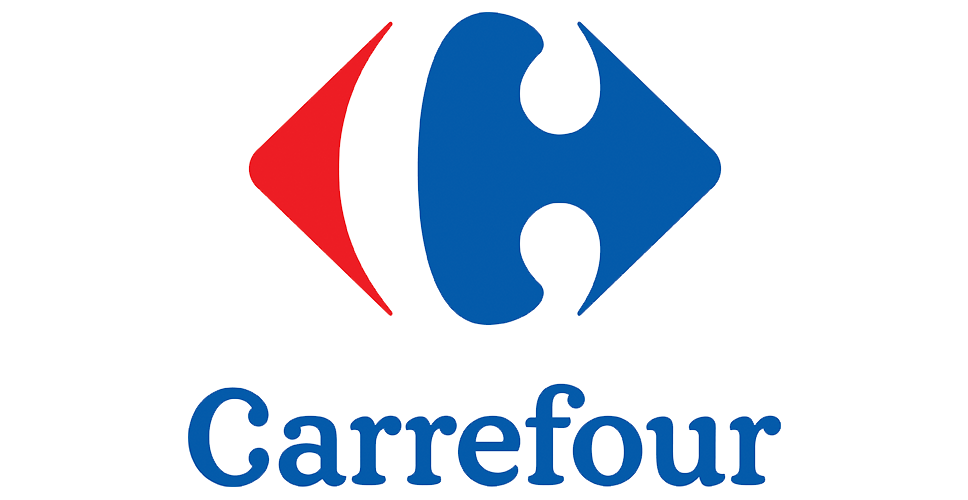What is D2C? It stands for Direct to Consumer. You may have noticed some well-known firms pivoting their business model from selling through retail stores and sales personnel to offering products on their public-facing websites. Let us examine the trends and the advantages, and whether it would be right for you too.
Selling direct to consumer (D2C or DTC) is hardly a brand-new, 21st century concept; from the mail-order catalogs of a century ago to the TV ads that said “allow 6 to 8 weeks for delivery”—and all along, D2C was exactly the model behind a newspaper or magazine subscription. Times change, the tools change, and the Web has replaced the catalog: compelling reasons remain for bypassing the wholesaler-distributor-retailer channel.
Of course, just as turn-of-the-20th-century D2C meant skipping the department store and its own catalog, so the modern D2C also means skipping the likes of Office Depot and Amazon. That is, not all e-commerce is D2C, but the pervasiveness of e-commerce means that all of the necessary tools are available and constantly improving for those looking to pivot to D2C, even those in a strictly B2B industry.
The State of Business-to-Business D2C in 2023
In fact, a majority of B2B firms already have robust D2C solutions gathering a large part of their yearly revenue. After all, as Zippia found, B2B e-commerce revenue in the U.S. alone reached over $2 trillion in 2022. According to McKinsey, 65% of respondents to their US survey in November 2021 said that their clients could order online, which is where in-person sales stood pre-Covid.
Of course, the growth of e-commerce for institutional purchasing could not have happened without comfort among the buyers. That same McKinsey survey showed that around 60% of the respondents said they were comfortable or very comfortable with online purchasing, with 35% saying they were willing to make transactions worth more than half a million US dollars.
The benefits D2C can bring your business
Some brands were practically forced to pivot to direct to consumer, such as Gillette finding itself rapidly losing market share to the likes of Henson Shaving and especially Dollar Shave Club. While the slower pace and differing priorities of B2B provide a buffer, there are important reasons not to wait to be undercut.
Reach new customers
When the US and Canadian populations were much more rural than today, the mail order catalogs turned many more of the citizens into Sears and JC Penny’s customers than just those living within walking distance of retail stores — thanks to the railroad. In the same way, a major B2B supplier such as 3M (which started off by producing sandpaper to supply automakers and body shops) can reach its customers worldwide. Even a small Polish company like Santas, or Saints & Co. can leverage its website to conduct online sales in the much larger markets of the US and UK.
And it is not just new locations you will reach but also additional market segments. Smaller companies, non-profits, and even individuals will find it much easier to locate your firm and buy what they need through your D2C channel than through the traditional salesperson channel.
Are there any differences in how you will reach out to potential new buyers?
Search and optimization: More than likely, the algorithm will treat your website differently once traffic comes to make purchases on the site itself. Some of your visitors may have been disappointed by landing there rather than at the site of a familiar wholesaler, but if your products are only available from your site, it will represent a great deal more traffic—and of course Google will notice.
Social media: While TikTok will not likely be the top choice for B2B marketing, social media will still play a role in your marketing mix. Yes, it is LinkedIn, according to demandsage. They quote LinkedIn statistics, saying that social media is used by 75% of B2B buyers to make buying decisions.
Advertising: It is still necessary in the 21st century—highly necessary. Your marketing efforts will have to include paying Alphabet to sit at the top of results for your firm’s name, to sponsor videos, and to run banner ads on relevant websites. But at least the results will be seen in your sales more immediately compared to waiting for reports from retailers.
D2C brings customer engagement
If your business is not a startup, it likely already has an online presence and established retail channels. Nonetheless, your customer relationships are not as engaged with your brand and product line as they could be, and there is a time lag in the data you have about customer preferences.
Direct to consumer selling, then, gives more of them more reason to visit your website and see your message. You have the opportunity to collect customer feedback on the effectiveness of that message and how it may affect sales, and even break down that data by geolocation or interest— and you can change your message in response.
Even better than just collecting passive data is asking for feedback. If you successfully communicate and engage with customers, you can even go as far as to enlist them in your marketing strategy and product development. What other item would they buy from you, if only it had your brand and quality? What are their preferences in terms of sales terms, returns, and delivery options?
Perhaps your clients are interested in services your experts could offer. In the case of HalloSonne, and Austrian solar panel firm, opening up their e-commerce site uncovered customer interest in sales, not just rental, as well as consultation in addition to installation. The resulting consultancy side of their business adds to the positive perception of their expertise, and thereby the brand.
Increased profit margins
The first thought in terms of comparing overhead costs might be regarding shipping—except that there is only the tradeoff between shipping to physical stores versus direct sales. The customer is likely to balk at the cost of shipping purchases to their door, however, forgetting that there are fuel costs and/or opportunity costs involved in travel to and from the store. In any case, since the large number of steps from factory to store can add quite a lot to the final retail price, you can keep much of that same amount of markup for the company as pure profit by selling for the same amount online.
All of that is not to mention the lengthy, expensive process of setting up a distribution network. For an established company, an existing D2C channel offers an important buffer against major world events. In the recent pandemic, companies without an e-commerce channel were much less likely to survive lockdowns.
Furthermore, you have the option to leverage the data you capture to offer geo-targeted sales and promotions and capture the up-to-the-minute results of those promotions to find out how well your campaign has worked. At the same time, your advertising campaign is not limited by the reach of a single traditional media outlet or its audience. While SEO sometimes seems like more of a tricky art than a science, when it has well done its cost per new customer cannot be beaten.
Faster innovation
Sales and promotions are not the only reasons to collect results data. You can unshackle your R&D department and test new products and designs to find out how receptive your clients are to new ideas and features.
You also have the freedom to try new tools and technologies on your website. Recent innovations include the use of image search to find products and a shopping cart tab rather than requiring the user to open a separate page. As for enticing a purchase, you might try subscriptions, trial products, buy-now-pay-later, and free services.
Most of all, the vertically integrated nature of D2C makes decision-making much quicker. That allows the various departments of your own firm to work together without the entire retail chain to slow down the process regarding how many of a new product to make available, for how much and for how long, and you will keep up with the pace of the market.
Examples of successful D2C strategies
Pivoting to a D2C model will certainly take careful consideration and planning. As you work out what, how, and who of your pivot, pay attention to the following:
- Are you up to date with who your customers are and what pain point your products address? As a B2B supplier, your site will need to be able to show client-specific prices based on signed agreements. Especially for large orders, the site should also be able to show freight options, not just the typical couriers available on Amazon and the like.
- Knowing your smaller customers, would subscriptions, or bundles, instead of or in addition to single items further meet pain points? For the larger ones, be sure that it is easy to repeat an earlier order, just like when repeating a transaction on a bank website.
- Choose the right tech solution. Especially if you decide to pull out of the bricks-and-mortar channel, your choice of e-commerce software and the staff to manage it can make or break your brand’s future: great CX is crucial to D2C sales to end consumers. Will your in-house team be up to the challenge, or would it be better to outsource the project?
- If you choose not to cease cooperation with your retail partners, make sure you find ways to differentiate their offer from your online offer.
- A number of processes and procedures within your company will change along with your shift to the D2C model. Be sure to allow plenty of time for adequate training for your staff.
- Your marketing strategies will shift when it is about getting a management and purchasing team to log in versus getting them to send an email or pick up the phone. As mentioned before, social media — especially user-generated content such as tips and how-to’s — is an important part of that mix. If relevant, be sure to offer affiliate programs to bloggers, content writers and YouTubers.
Once you become a seller, you have a responsibility to connect your clients’ online experience to what they would experience in all of the other existing channels—i.e., it needs to be one omnichannel experience. That means having one platform to track not just inventory but customer data, customized offers, and promotions—especially for loyal customers.
2024 and beyond
Without a doubt, recent events have pushed brands toward D2C in a hurry, and those that made the move are mostly staying. Along the way, mistakes were made, meaning that others have the opportunity to learn from them. The benefits are clear for those that take the step of selling their wares on their website.









